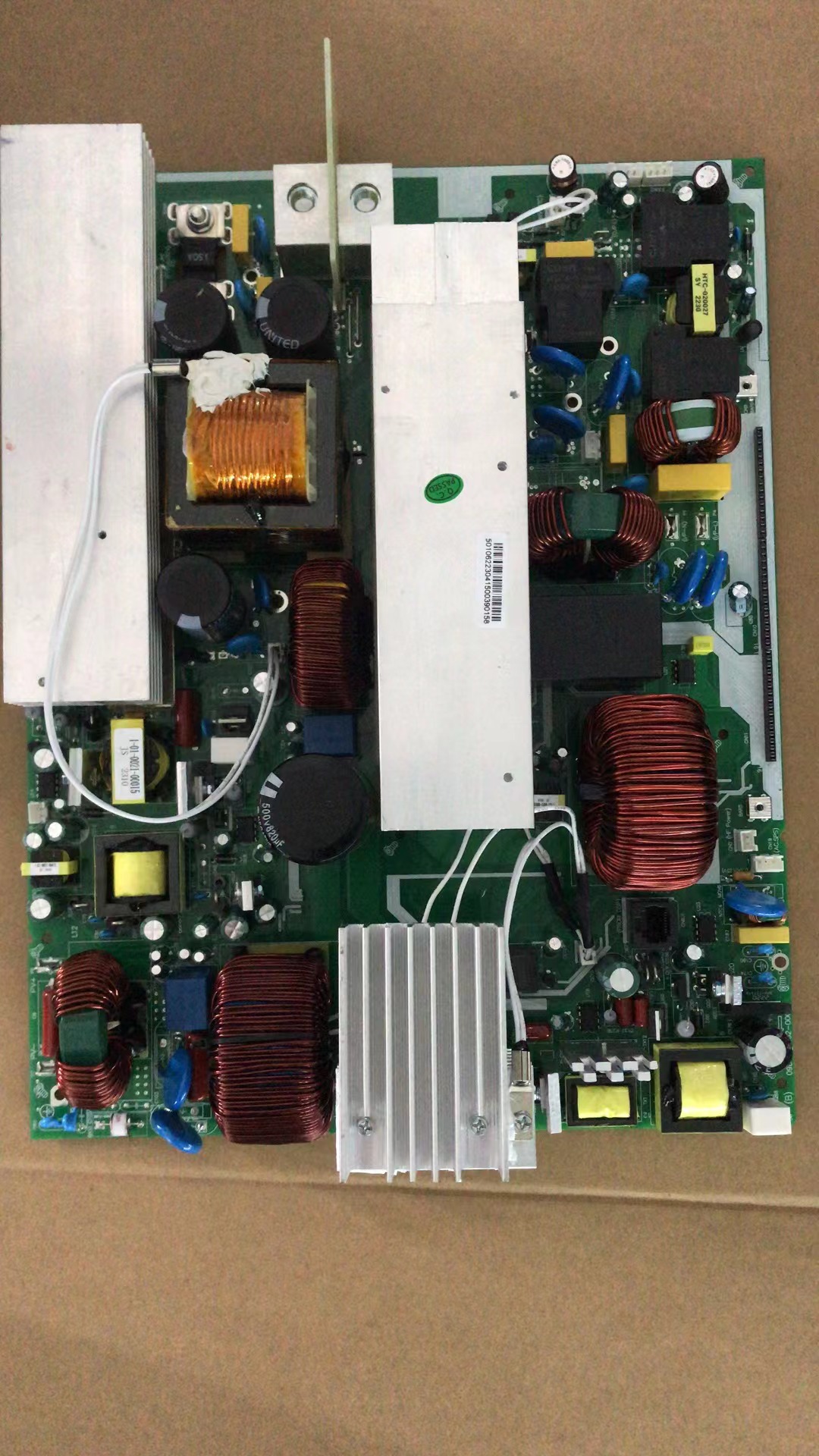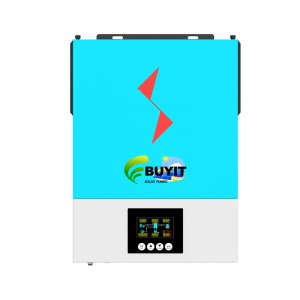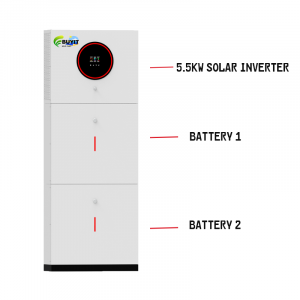
Summary of common transformer faults, a must-have guide for operation and maintenance personnel!
Photovoltaic transformers are the backbone of photovoltaic power generation systems. They are not only the bridge between photovoltaic arrays and power grids, but also have to convert low-voltage direct current generated by photovoltaic arrays into high-voltage alternating current, so that electricity can travel farther and be smoothly integrated into the power grid. Therefore, the health of photovoltaic transformers is directly related to whether the entire photovoltaic power generation system can operate efficiently and safely. Next, let’s talk about the most common faults of transformers when photovoltaic power stations are running.
1,What are the common faults?
1). Insulation failure
Insulation failure is one of the most common faults of photovoltaic transformers. Photovoltaic transformers are exposed to outdoor environments for a long time, and are eroded by moisture, dust, pollutants, etc., and the insulation materials may gradually age, crack or break down. When the insulation performance deteriorates, partial discharge may occur inside the transformer, and in severe cases, it may even cause short circuit or leakage, threatening the safe operation of the system.
Solution: Regularly test the insulation of photovoltaic transformers to detect signs of insulation performance degradation in time.
Strengthen the protective measures of the transformer, such as installing rain covers, dust nets, etc., to reduce the erosion of insulation materials by external factors.
For aged insulation materials, they should be replaced in time to ensure that the insulation performance of the transformer meets the requirements of the specifications.
- )Temperature rise fault
Temperature rise fault refers to the phenomenon that the temperature of the transformer rises abnormally during operation. Due to the iron loss and copper loss inside the transformer, these losses will be converted into heat, causing the transformer temperature to rise. If the heat dissipation system is not designed properly or the operating load is too large, it may cause excessive temperature rise, accelerate insulation aging, and even cause transformer damage.
Solution: Reasonably design the heat dissipation system of the transformer to ensure that the heat dissipation area is sufficient and the heat dissipation channel is unobstructed.
Monitor the temperature rise of the transformer regularly, understand the temperature distribution of the transformer, and detect abnormal temperature rise in time.
For transformers with excessive load, the system operation mode should be adjusted, the load current should be reduced, or cooling equipment should be added to improve the heat dissipation efficiency.
- )Overload fault
Overload fault refers to the phenomenon that the load current of the transformer exceeds its rated value for a long time. Since the output power of the photovoltaic power generation system is greatly affected by factors such as weather and light, the transformer load may fluctuate greatly. If the transformer is overloaded for a long time, it will accelerate insulation aging, increase temperature rise, and even cause transformer damage in severe cases.
Solution: When designing the system, the load characteristics of the transformer should be fully considered, and the appropriate transformer capacity should be selected to ensure that it matches the load requirements.
Strengthen the monitoring and management of the photovoltaic power generation system, adjust the system operation mode in time, and avoid long-term overload operation of the transformer.
Install an overload protection device at the output end of the transformer to automatically cut off the power supply when the load is too large to protect the transformer from damage. - )Oil leakage failure
Oil leakage failure refers to the phenomenon that the transformer seal is aged or damaged, causing the insulating oil to leak out from the inside of the transformer. Oil leakage will not only lead to a decrease in insulation performance, but may also cause safety hazards such as fire.
Solution: Regularly inspect the appearance of the transformer to promptly detect signs of oil leakage, such as oil stains, oil level drop, etc.
Strengthen the sealing management of the transformer, ensure that the seals are installed correctly and tightened reliably, and replace aging seals regularly.
For transformers that have already leaked oil, they should be repaired or replaced in time to prevent further deterioration of the oil leakage phenomenon. - )High-voltage fuse failure
The high-voltage fuse is one of the important protection devices for photovoltaic transformers. When a short circuit fault occurs inside or outside the transformer, the high-voltage fuse will quickly blow, cut off the fault current, and protect the safety of the transformer and the system. However, the high-voltage fuse itself may also fail, such as fuse blown, poor contact of the base, etc.
Solution: Regularly inspect and maintain the high-voltage fuse to ensure that it is intact and usable.
When the high-voltage fuse blows, the power should be turned off to check whether there is a fault point in the transformer and related lines. After eliminating the fault, replace the new fuse.
For high-voltage fuses with poor base contact, the contact surface should be processed in time to ensure that the contact is firm and reliable.
- How to prevent photovoltaic transformer failure?
- 1) Strengthen daily inspections: Regularly inspect photovoltaic transformers to check whether their appearance, oil level, oil color, temperature, etc. are normal, and promptly discover and deal with abnormal phenomena. At the same time, keep the area around the transformer clean to avoid interference from factors such as oil and dust. 3.
- 2.)Optimize design and selection: When designing the system, the load characteristics, operating environment and other factors of the transformer should be fully considered to select the appropriate transformer capacity and model. At the same time, select transformers and supporting equipment with reliable quality to ensure that their performance meets the requirements of the specifications.
- Strengthen system monitoring: Establish a sound photovoltaic transformer monitoring system to monitor its operating status and parameters, such as voltage, current, temperature, etc. in real time. Through data analysis, timely discover and deal with abnormal phenomena to prevent failures.
- Regular training and education: Strengthen the training and education of operation and maintenance personnel to improve their professional skills and quality. Ensure that operation and maintenance personnel can correctly identify and handle failures and abnormal conditions of photovoltaic transformers to ensure the stable operation of the system.
Conclusion To sum up, photovoltaic transformers are one of the key equipment in photovoltaic power generation systems. Therefore, in order to reduce the failure rate and improve the reliability of the system, operation and maintenance personnel should start from many aspects.
If you have anything to say about photovoltaic transformer failures, or have any experience to share, please leave a message in the comment area, let’s communicate and learn together, and make progress together!


